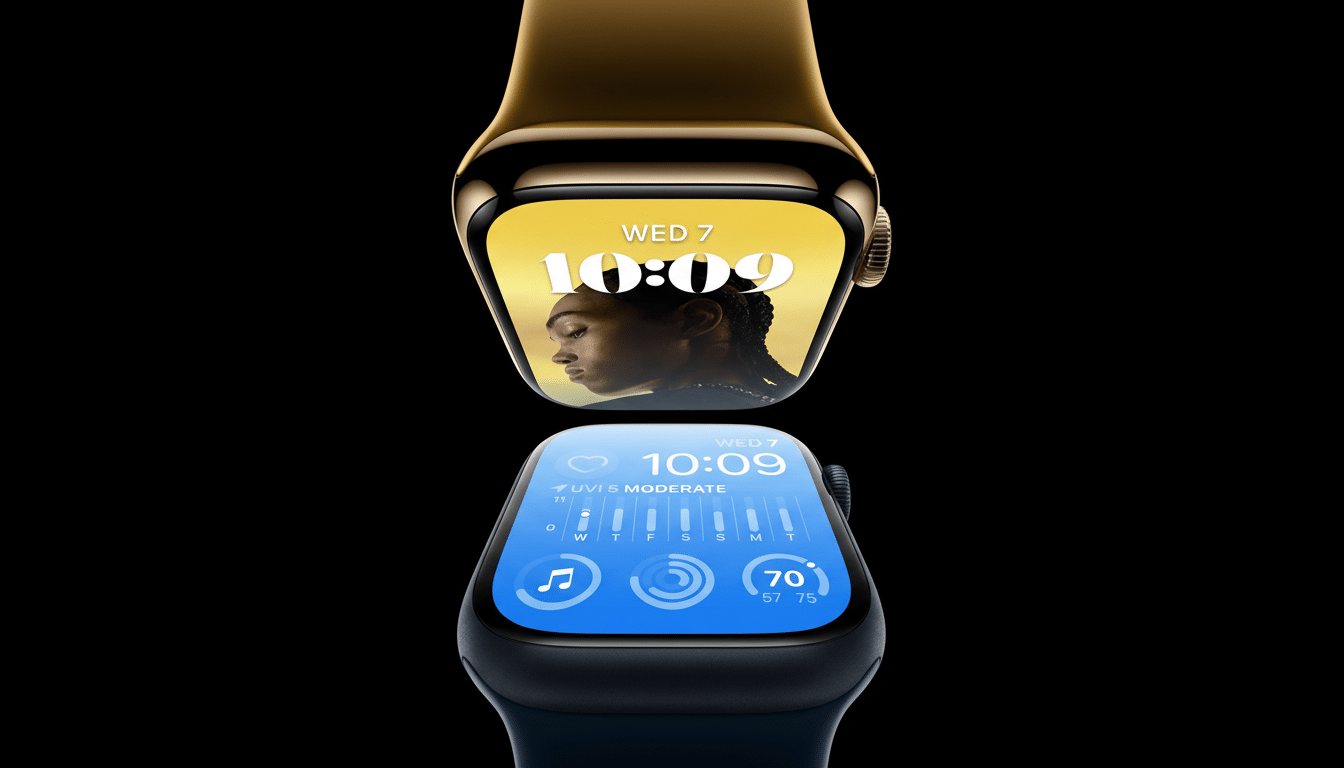Apple has received clearance from the U.S. Food and Drug Administration for an app that’s designed to help heart rhythm irregularities, marking Apple’s first medical device for consumers.The new software tool is a feature on the Apple Watch called Atrial Fibrillation (AFib) Detection, and it uses the watch’s optical heart sensor to check for abnormalities in heart beats.
It’s an important regulatory moment that casts the watch as a sentinel in early warning — not so much a blood pressure cuff as it is an alert to check one.

What the FDA green light will mean
FDA clearance means that the agency has reviewed evidence that the feature operates as intended for its stated use. In plain language, Apple’s notification is simply meant to call attention to possible hypertension over time, prompting the wearer to confirm with a clinically validated reading and ask a clinician if necessary. It’s not a scoping diagnosis, nor is it specific to your wrist like a systolic/diastolic reading.
This puts Hypertension Notification in line with other regulated wearables functions like irregular rhythm notifications, on-wrist ECGs that sit both within health-monitoring and medical device zones. The difference matters: notifications are about risk signals and trends; treatment decisions should be based on accurate blood pressure measurements and clinical judgment.
How it works and who can use it
The feature takes photoplethysmography (PPG) data collected by the Apple Watch optical sensor and searches for long-term patterns associated with elevated blood pressure. Since PPG readings are affected by movement, temperature variations and skin perfusion among others real-life things, Apple focuses less on single-spot estimates in favour of trend detection.
Apple states that Hypertension Notification is available with watchOS 26 and is compatible with Apple Watch Series 9 or later, as well as Apple Watch Ultra 2 or later. It’s being rolled out in more than 150 countries and regions, including the United States, with an opt-in onboarding flow that makes it clear people should confirm any alert with a reading from a cuff.
Why hypertension detection matters
Hypertension is a widespread but mostly silent risk factor for heart attack, stroke and kidney disease. The World Health Organization says an estimated 1.28 billion adults worldwide have hypertension and almost half of them don’t know it. Here in the United States, roughly half of all adults have hypertension or are taking antihypertensives — and many don’t have it under control, according to the Centers for Disease Control and Prevention.
Current guidelines from predominant cardiovascular organizations describe hypertension based on sustained measurements — usually at or above 130/80 mm Hg in adults — confirmed by multiple readings and locations. It’s one of the reasons a wrist notification is most useful as an early prompt: It can motivate someone who feels fine to take a proper reading at home or in a clinic and get care more quickly.

Limits, protections and real-world use
No wrist-worn device can substitute for a clinically proven blood pressure monitor. Cuffless techniques based on the PPG or on pulse transit time are still an ongoing field of research, where accuracy is a function of physiology and context. Apple’s design — detecting patterns over time and with a clear “check with a cuff” step —coincides with how regulators want consumer devices to play a role in safer health monitoring.
In reality, a watch could send a user an alert if it noticed continued patterns indicating high blood pressure. The subsequent steps are straightforward but crucial: confirm with a home BP cuff (preferably two to three readings, seated, five minutes apart), log the results and bring these results for discussion with a clinician if elevated. That workflow is additive to, not competitive with, clinical care.
Context in the wearables spaceening landscape
In the past, Apple has received FDA clearance for its on-wrist ECG and irregular rhythm notifications, establishing a template for regulated wellness features. Rivals have taken different routes: Fitbit has introduced an FDA-cleared irregular rhythm notification, and Samsung’s blood pressure app needs to be calibrated with a cuff and availability has been spotty depending on local regulators. Meanwhile, specialized health brands like Withings and Omron offer FDA-cleared home blood pressure monitors that are the gold standard for measurement.
A broader lesson: regulators continue to reward tools that signal risk and funnel users toward validated measurements and professional care. Apple’s hypertension feature fits that mold — useful as a signal, cautious in scope and integrated into a broader health ecosystem.
Availability, privacy and what’s next
The hypertension Notification comes to watchOS 26 for supported devices and regions, subject to local regulatory availability. Users have control over permissions in the Health app and can tune notifications on or off at any time. Apple again emphasized privacy protections for health data, including on-device processing for many features and encryption when devices are locked, with added layers of security for backed-up data in the cloud.
For patients and providers, the ultimate success will be changes in behavior. If even a tiny proportion of wearers were to validate an alert, find they consistently get high readings with a cuff and begin treatment earlier as a result, the population-level consequences could be valuable. That’s the innovation a proper notification holds: fewer surprises, more timely care.

